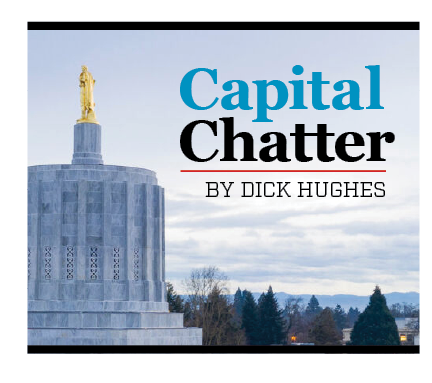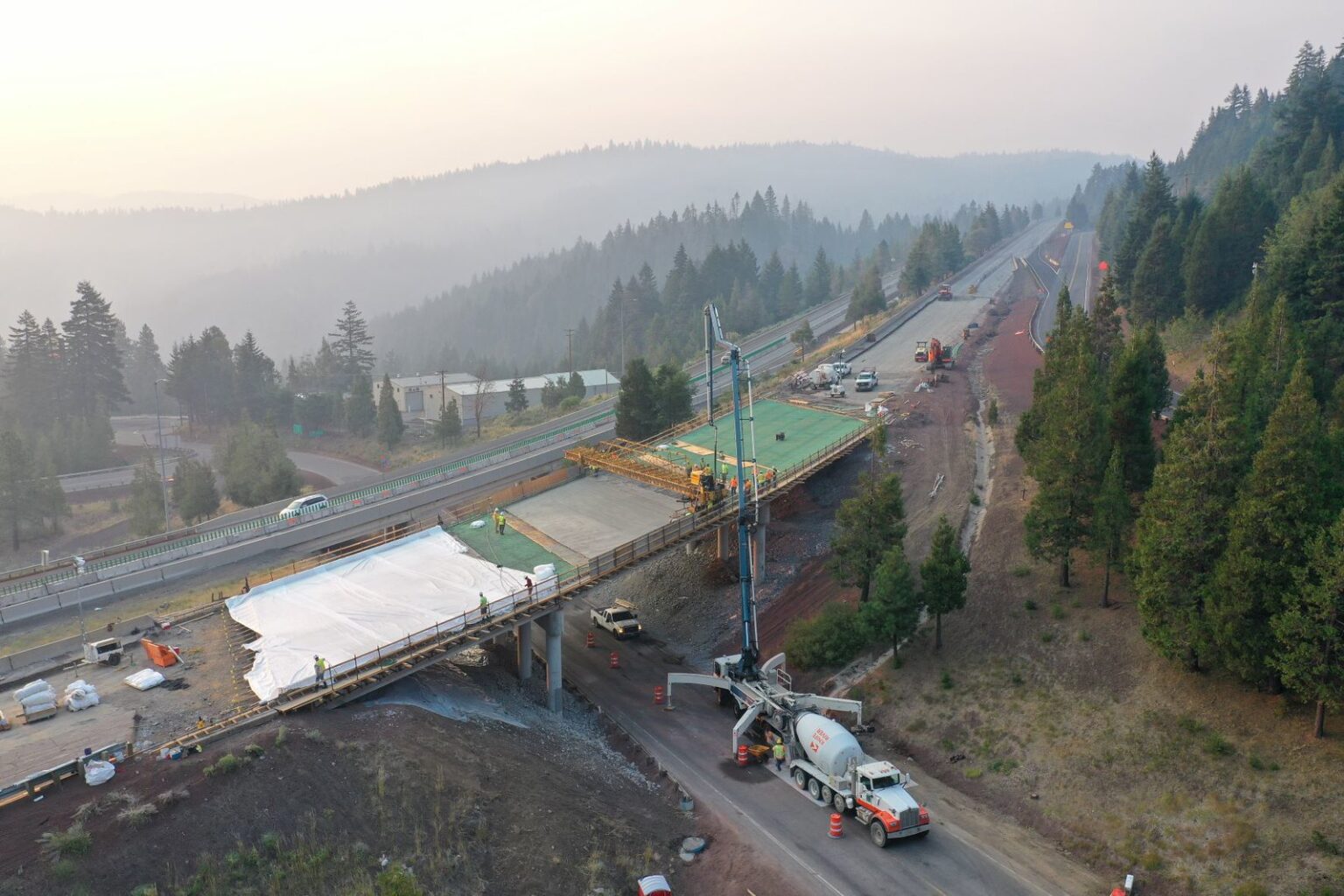Capital Chatter: ‘Undecided’ leads the race for Oregon governor
Published 7:30 pm Thursday, April 21, 2022

- capital chatter logo
The most exciting Oregon governor’s race in decades is … wait for it … wait for it … it’s coming … maybe … .
With 34 candidates listed on the May 17 election ballot, it’s a mystery as to why there’s not been more activity, said Dr. James Moore, a Pacific University professor who studies Oregon elections.
His hypothesis is that big-bucks campaigns hire consultants who think the same: Spend the money during last month of the campaign. That’s how candidates won the last election, so do the same thing this year.
Of course, many candidates also will have lost the election by using that strategy.
What Moore called “a real failure of imagination” has left many Oregon voters unmoved. Surveys suggest “undecided” is the leading gubernatorial candidate among Democrats and Republicans.
Candidates finally have rolled out their TV ads along with their mailings, but even those appear scripted by the same political director.
“It’s pretty crazy,” Moore said. “We’ve seen this for a long time. Apparently to run for office you need to be in a playground with a dog and a family.
“The fliers are all generic now. The ads are fairly generic in their visuals. There’s a little bit of difference in the wording.”
As a result, no candidate stands out — although the campaigns would disagree.
On the Republican side, Moore is surprised that Salem oncologist Bud Pierce is not building more on his status as the party’s standard-bearer against Gov. Kate Brown six years ago. Meanwhile, Christine Drazan, the former House Republican leader and previously a top legislative aide, probably knows how state government works better than any other Republican candidate yet has not pushed that.
Legislators do tend to overestimate the statewide public’s awareness of them. That speaks to why former House Speaker Tina Kotek is not running away with the Democratic nomination, even though State Treasurer Tobias Read has been an almost invisible officeholder, according to Moore.
Moore also is not impressed with either party’s campaign themes. A core Republican theme that Democrats have been in office too long, or are corrupt, has been a non-starter for decades at the general election. The national issues being raised by Republicans may not play well in Oregon either.
The Democrats’ issues consist of insider politics — the same ones played out between progressives and centrists in the Legislature. They include how far to go in dealing with climate change and how much to spend on lifting rural Oregon from the collapse of the timber industry decades ago.
There are 15 Democratic candidates for governor, but it’s really a two-person race. Progressives will go for Kotek, centrists for Read.
The candidates are from neighboring Democratic strongholds — Kotek in Multnomah County and Read in Washington County. Yet the metro area might not determine the outcome.
Two years ago, progressive Shemia Fagan narrowly won the Democratic primary for secretary of state — and ultimately, the office — over centrist Mark Hass. Both were state senators from the metro area.
Moore said the primary election turned on Fagan outdoing Hass for second place in Southern Oregon’s Jackson County. Jamie McLeod-Skinner won the county handily, though she finished third statewide.
As I noted in last week’s Capital Chatter, there are several credible contenders for the Republican nomination among the 19 candidates listed on the ballot. For any of them, eking out a win will be difficult.
Moore expects a relatively low election turnout: “It’s really up to the people at the top of the tickets, the gubernatorial candidates basically, to drive that turnout and so far they’ve done a really poor job of that.”
“It’s pretty crazy. We’ve seen this for a long time. Apparently to run for office you need to be in a playground with a dog and a family.”
James Moore, a Pacific University professor who studies Oregon elections.





